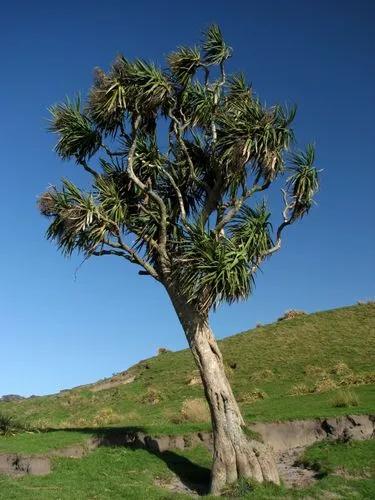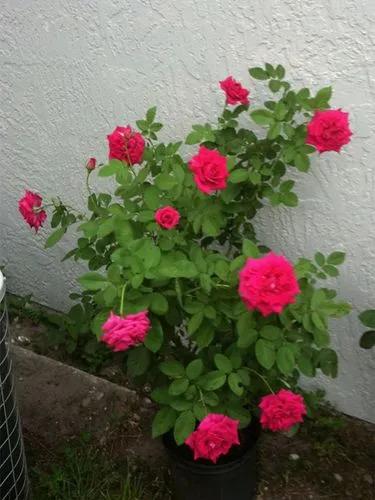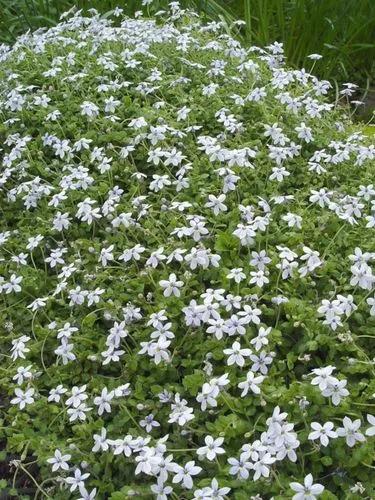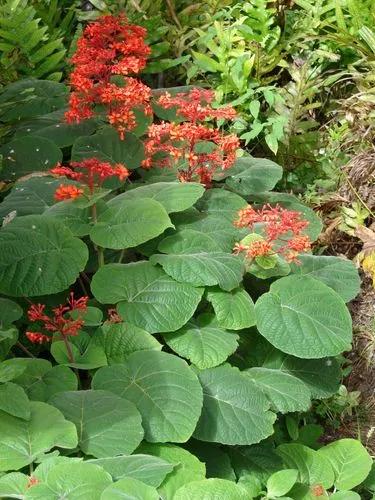Salix lucida, the shining willow, Pacific willow, or whiplash willow, is a species of willow native to northern and western North America, occurring in wetland habitats.
Shining Willow Care
Salix Lucida



Shining willow grows in wet to moist sites at middle to high elevations. It dominates many tall willow shrublands, and codominates some riparian mixed-shrublands and mixed-deciduous woodlands. It commonly associates with other willows, cottonwoods, and balsam poplar. Shining willow usually grows to tree height, although it grows as a shrub at high elevations. It can reproduce from seed and vegetatively by sprouting from the root crown. Its light, cottony seeds disperse readily via wind or water. A continually moist substrate is required for germination and establishment; moist mineral soil is preferred. Shining willow is a fast-growing, early-seral species, usually establishing just above the floodplain after initial colonizers. Experts report that shining willow establishes after fire by sprouting from the root crown. It may also establish from seed on burns with moist mineral soil. However, postfire responses of shining willow are not well documented in the literature. A study in North Cascades National Park, Washington, found shining willow showed rapid recovery after wildfires in riparian coast Douglas-fir stands. Across its distribution, fire regimes of plant communities with shining willow vary widely; some communities with shining willow rarely burn and others burn in surface, mixed, and crown fires. Shining willow is an important wildlife and rangeland plant. It provides browse and cover for a variety of animals. It is recommended for restoration projects and is easily propagated.
How to Care for the Plant

Popularity

23 people already have this plant 3 people have added this plant to their wishlists
Discover more plants with the list below
Popular articles






